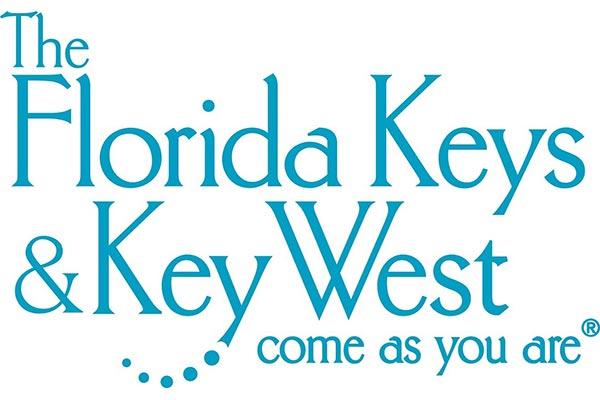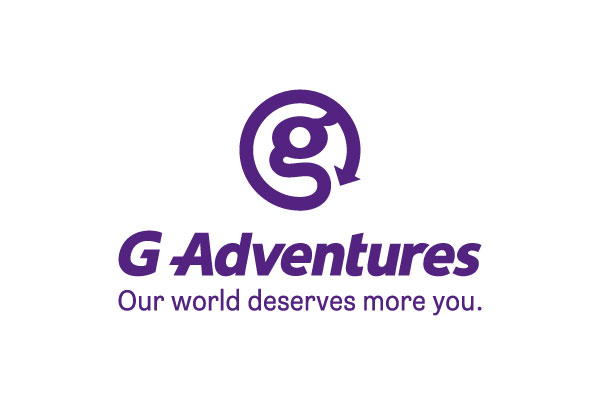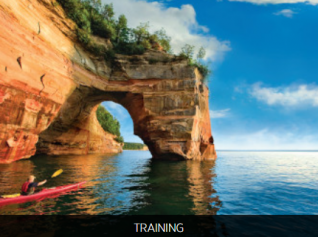Copenhagen Summit gives grounds for optimism
Monday, 23 Dec, 2009
0

TravelMole Guest Comment by Geoffrey Lipman, UNWTO
So here’s the crunch as the negotiations came down to the wire…The last 2 days reminded me of a four ring circus.
In the outer ring the vast majority of NGO attendees without passes to the Conference Centre and left to promote their cause on the streets of Copenhagen …dedicated, frustrated and certain that nothing can emerge that will satisfy them. And the media playing it for all its worth – suffering is action and action is great TV.
Next the limited number of organizations with access to the Centre but only to the areas where food and drink are consumed, where thousands of media interviews are given and where the hundreds of sideshows take place, Serious, thoughtful and very well scripted,
Then the inner sanctum the parties to the convention and other member states of UNFCCC, as well as observers who can wander freely around almost anywhere. These include the negotiators themselves who are really dealing with various texts under consideration trying to find consensus or at least language that bridges the areas where differences will inevitably continue to exist.
Last are the superstars – the Heads of Nations, buried by the throngs of security guards and photographers as they rush from meetings, to dinners, to press conferences, always in a hurry until they get their big moment when they deliver their golden words to the Plenary. (and when they all cease being in a hurry and talk longer than the allocated time!!!!!!!)
And then the inner, inner sanctum of the deal makers and breakers – The Leaders of US, China, India, Brazil, S.Africa, the EU and Meles of Ethiopia representing Africa and de facto the poorest states.
In all of this the UNFCCC has been exemplary with its Secretary Yvo De Boer a figure of calm hope, his briefings and TV interviews (as they used to say before it was politically incorrect) like a miniskirt – long enough to cover the subject but short enough to be very interesting And UN Secretary General Ban Ki Moon throwing his office and the whole UN family behind a Copenhagen Deal” his side event with an impressive backdrop of 20 Heads of Agencies – including the World Bank, the UNDP and UNEP revealed the massive range of UN climate response initiatives – with Travel and Tourism represented by Taleb Rifai of UNWTO and Raymond Benjamin of ICAO..
In the end the “Deal” that emerged at the 11th hour of the 11th day was said by many – perhaps most commentators to be hardly a deal at all. I disagree – given what is at stake as well as the real time frame for action it is what Mr Ban called “an essential beginning”.
Yes it is an Accord (looser than a formal binding Agreement at this stage) but it is a public commitment at the highest level and it includes the largest and the fastest growing green house gas creators which Kyoto did not. And it can always be ratcheted up to an agreement at any time if it’s really working and we know that Kyoto did not deliver as promised.
It does politically commit “ to cap temperature rise, reduce emissions raise finance for developing world” and “is supported by a majority of countries, including richest & poorest and the smallest and most vulnerable” So it bridges – albeit tenuously – the gap between industrialized, emerging and developing (look who signed it) which Kyoto did not.
And it creates a framework for continuous improvement along the following lines
- Global temperature stabilization at no more than 2 degrees Celsius increase with total emission levels peaking by 2020.and a capacity to revisit a tougher 1.5 degrees in 2015 if the science demands it.
- Carbon reduction “levels” to be registered by States in Annexes by January 31st – Industrialised agreed to list base year and reduction level by 2020. A number of developing countries, including major emerging economies, agreed to show efforts to limit ghg emissions every two years & list voluntary pledges before 31/1/2010. (as observed in an earlier musing, the task of finding a binding mechanism that met the US challenge of a hostile minimalist Congress, the Chinese and Indian challenge of not slowing socio-economic “emergence” and the African challenge of boosting development, was never really on the cards)
- Nationally appropriate mitigation actions, seeking international support to be recorded in a registry with relevant technology, finance & capacity building from industrialised.
- Verification aspirations to be developed over time in a continuing negotiation process
- A new technology mechanism to be established to accelerate development and
- transfer, in support of action on adaptation and mitigation
- Commitments to build a massive “Copenhagen Green Climate Fund” for mitigation, adaptation and technology availability for the poorest States to fight climate change. The figures of $10 billion a year for the next 3 years rising to $100 billion a year by 2020 were the most frequently used. How to get there and where the money will come from is certainly not clear..
So if that’s the shape of things, I think there is good cause to be optimistic about the outcome despite all the naysayers:
- It didn’t break down in disarray
- It did put a 2 degree “cap” on the maximum “warming temperature”
- It did agree to a review by 2015, against the science and in relation to 1.5 degrees possibilities
- It did create a register for commitments
- It did create the start of a process for greater transparency and potential verification
- It did set a frame of reference for substantial financing and technology support for the world’s poorest countries.
- And did seek to include everyone and every activity – which Kyoto was unable to do
- Did it go far enough, fast enough? Of course not – and President Obama in his final press briefing admitted as much…
But it’s easy to sit on the sidelines and say they should have done more when you don’t have the balancing responsibilities that every delegation had.
As you move closer through the rings of the circus it gets tougher – and none of us can imagine a fraction of the balancing that the core players had to do. And most of us are thinking only about climate impacts not about the economic, pandemic and poverty imperatives that will again demand the headlines next week. Nor the food, water and population potential crises that are on the medium term horizon.
And one last thought prompted by being in Copenhagen – I remember a conversation over 30 years ago, with a very wise friend who was the Danish Director General of Civil Aviation for many years and one of the unsung architects of European Aviation. It was about the logic of a single European air traffic system to increase efficiency of the system, reduce costs and save on carbon. .
Smiling at my youthful enthusiasm for immediate change he pointed out that if the single European skies was put to the political leadership it would fail abjectly because Europe wasn’t ready for it …but one day it would happen when the basic direction was accepted. As he saw it the real challenge for then was to create the right framework because one day it will generate the right solution – when the time is right. And not to lose momentum. Well thirty years later you might say “we still don’t have the single skies” And you would be right but with a strengthening EU and a pressure on carbon we are getting closer.
At a world level we might have just taken that vital change of political course at the Copenhagen Summit – the continuing differences have been put into a common framework. Of course we have to move faster than aviation has done but the alternatives are much clearer and starker in the case of climate.
And finally the program we launched during the Summit – Live the Deal – is even more relevant given the fact that countries will now register their commitments and aspirations to emission reduction by 2020. There is every capacity for our industry – hotels, airlines and travel services – to at least match those levels. And the emphasis on technology and finance will produce new opportunities to leap forward over the next decade in ways we cannot envisage today. So there is every reason to “Live the Deal” and get into the habit of measuring and registering carbon emissions as an essential step in reducing them. And as a clear sign that our sector – which does so much good in the world in economic, social and environmental terms – will play its full part in the global climate response.
Geoffrey Lipman
Get a copy of the postCOP15 Tourism Carbon Guide, Sustainable Tourism Report and Marketing Guide. See: www.travelmole.com/stories/1139697.php
Phil Davies
Have your say Cancel reply
Most Read
TRAINING & COMPETITION
 United Kingdom
United Kingdom United States
United States Asia Pacific
Asia Pacific












































EU airports bring back 100ml liquid rule
British Airways passengers endure 11-hour 'flight to nowhere'
CLIA: Anti-cruise demos could cause itinerary changes in Europe
Co-pilot faints, easyJet flight issues ‘red alert’
Dozens fall ill in P&O Cruises ship outbreak